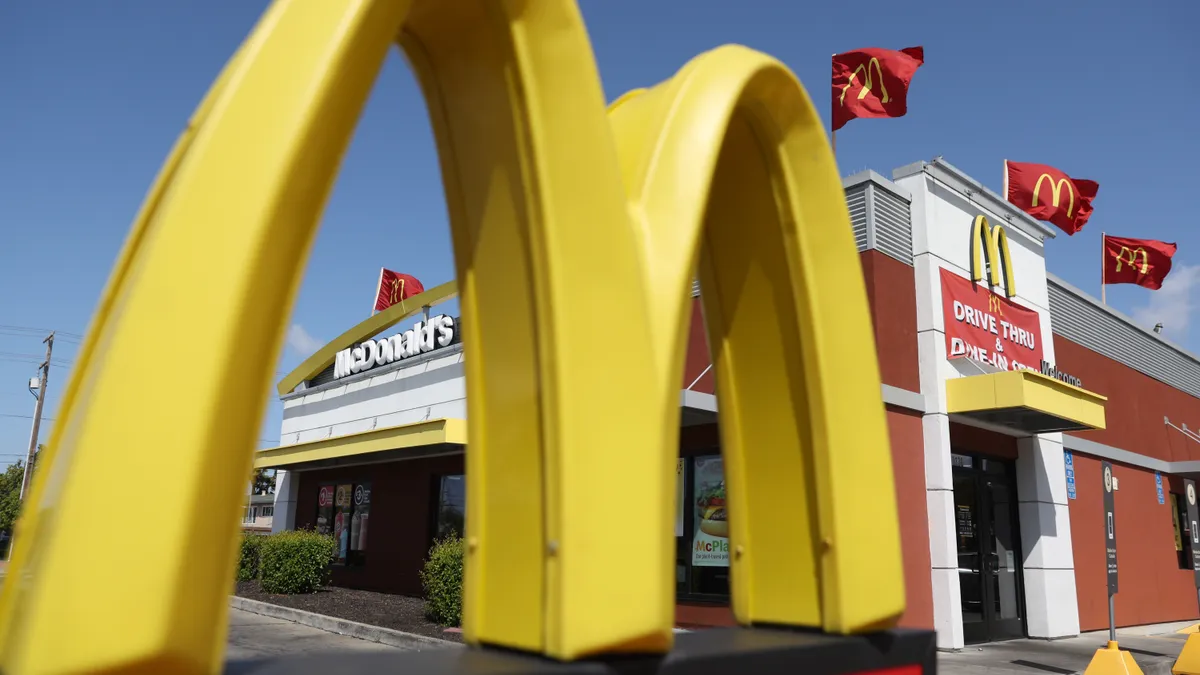Dive Brief:
- A majority of Americans (62%) are eating fast food less frequently due to rising prices, while 78% of consumers said eating fast food is seen as a luxury, according to a LendingTree study of 2,000 U.S. adults completed in April.
- Sixty-five percent said they were shocked by the price of a fast food order within the past six months.
- Several chains, including McDonald’s and Wendy’s, noted a decline in traffic last quarter as low-income customers have pulled back from spending. Many operators are planning value-oriented offerings this year to bring customers back.
Dive Insight:
At-home dining may be the biggest competition for quick-service restaurants of late, especially with grocery inflation lagging behind restaurant inflation. Sixty-seven percent of Americans agreed that fast food should be cheaper than eating at home, but three-fourths said that isn’t true. Fifty-six percent said their current easy, inexpensive meal is eating at home, according to the LendingTree report.
The perception of fast food as a luxury varies by income level. Of those earning less than $30,000 a year, 71% perceive fast food as a luxury because of its cost, while 61% of those in the income bracket of $30,000 to $49,000 said it is a luxury.
Burger King and McDonald’s are adding $5 value options in the near future for a limited time to help boost traffic. Wendy’s has already launched $3 breakfast combos, offering either a Bacon, Egg & Cheese English Muffin or Sausage, Egg & Cheese English Muffin with a small order of Seasoned Potatoes.
Many chains, like Domino’s and Long John Silver’s, recently bolstered their loyalty programs and apps to provide more value to customers. Forty-six percent of Americans said fast food apps have enticed them to visit more, per the LendingTree study. Wendy’s said that its mobile app and loyalty program were particularly helpful for growing customers last quarter. Active users on its app grew 40% compared to Q4 2023, while loyalty membership reached 40 million.










